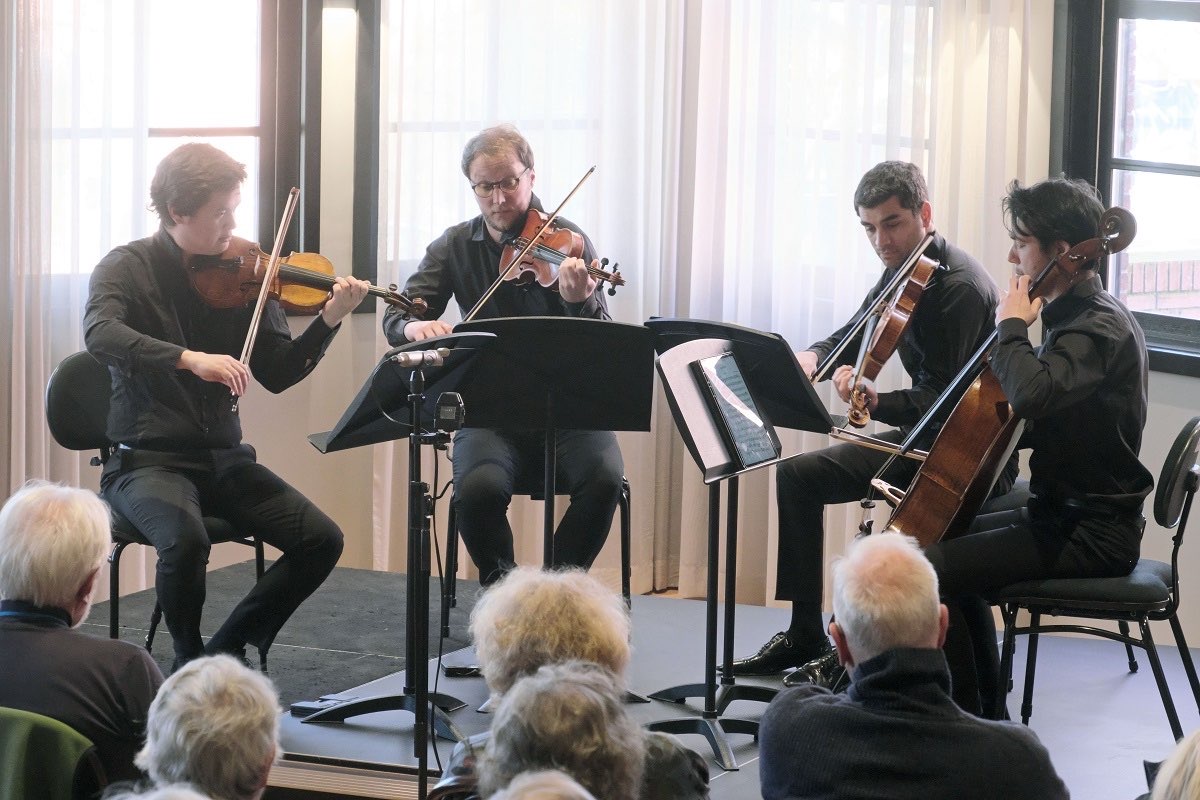
Music / “Classic Hour”, Quatuor Van Kuijk and Alma Moodie Quartet. At Juliet Room, Verity Lane Market, May 4. Reviewed by EMILY THORNTON.
CRITICALLY acclaimed Parisian string group Quatuor Van Kuijk and the fresh Australian Alma Moodie Quartet brought a battle of fearless youthful energy to Verity Lane Market.
Situated above the bustle of a busy laneway worksite and the aroma of woodfired pizza, the two ensembles delivered an electrifying program epitomising the Viennese classical style, with Mozart’s heartfelt dedication to Haydn, “The Hunt” String Quartet K.458 and Haydn’s own String Quartet, Op.76. No. 5.
The program began with Quatuor Van Kuijk’s eloquent interpretation of “The Hunt”. Mimicking the brassy fanfare of hunting horn calls, the first movement illustrated a delightful playfulness of the “chassé”.
Like a fleeing doe, the 1st violin’s soloistic prances were almost comically pursued by the echo of the rest of the ensemble trailing behind.
The second movement followed a similar joyful interplay of string melodies coincidentally concluding with the insistent strumming guitar tones of an interrupting mobile phone rendering a few cheeky grins exchanged by the young musicians.
With new melodic material, the third movement was characterised by a lyrical cycle of interweaving string parts, alternating sections of growing intensity with poetic sighs. The cellist seized the opportunity to emerge from the ensemble and soar with gentle melodic swells, instilling serenity and calmness.
The final movement revisited the excitement of the “chassé” as a final pursuit. With a cartoonish gallop contrasted by occasional questioning reservation, the piece concluded was a burst of delirium.
Quatuor Van Kuijk’s sophisticated and polite French style was impressive, however, greater frenzy may have elevated the fury of “The Hunt”.
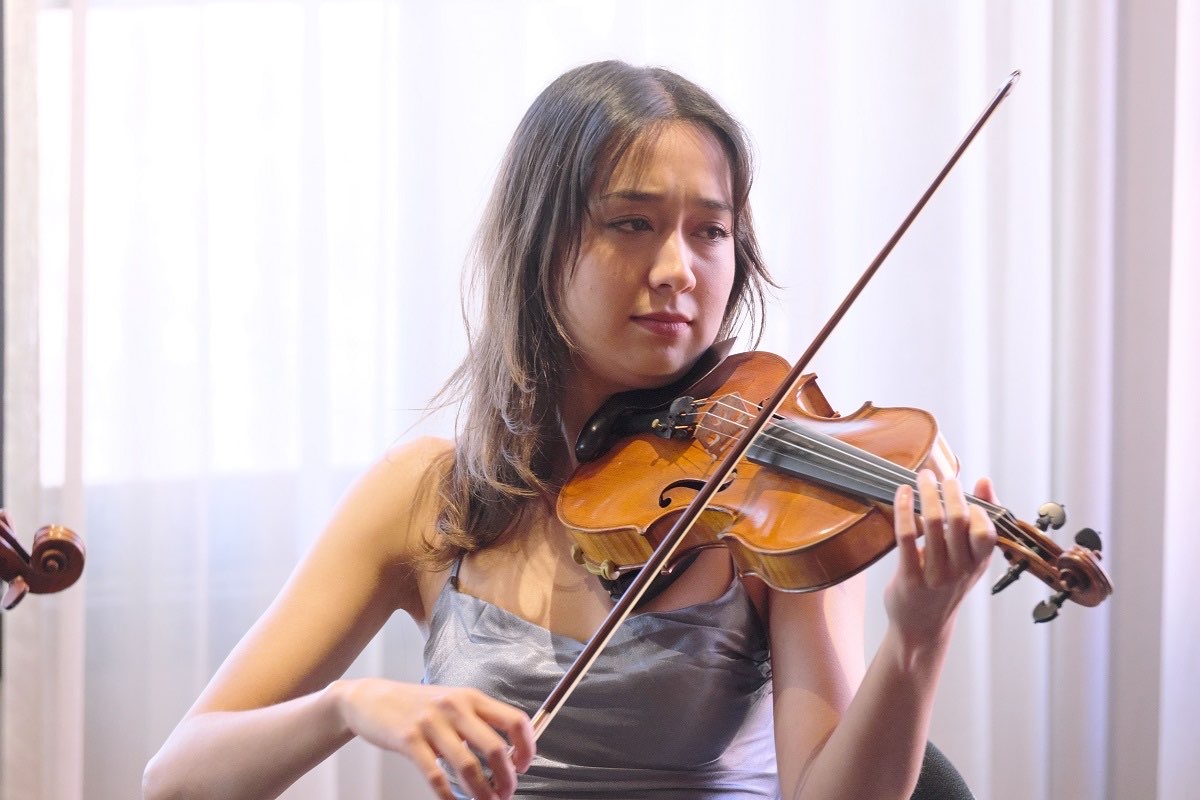
It was immensely exciting to experience the electric quality of the Alma Moodie Quartet. The omission of music stands or a “wall” between the ensemble and the audience was instantly magnetic.
Haydn’s quartet began surprisingly, with a lyrical “song” characterised by extroverted and passionate playing led by the first violin. The synchronicity of exaggerated physical movement complemented the occasionally intense dialogue between the two violins, with frenzied scrubbing of the strings as some musical semblance of Australian bluntness.
The second movement’s lullaby was only slightly interrupted by the rumbling of heavy machinery in the laneway below. The melancholic element of the song-like expression followed, darkening into a chiaroscuro-like effect.
Followed by a drastically contrasting final movement, there was a duality of musical conversations occurring, with alternating mechanical and elastic phrases. The cool of sharp dagger-like interruptions punctuated the warmth of lyrical melodies.
The Alma Moodie Quartet’s unrestricted enthusiasm could be juxtaposed with physical stillness in static and unstirring musical sections.
Overall, both quartets’ performances were deeply rousing and impressive, injecting distinctly contemporary and personal essence into Viennese Classicism, or put simply, young people reinvigorating old music.
Who can be trusted?
In a world of spin and confusion, there’s never been a more important time to support independent journalism in Canberra.
If you trust our work online and want to enforce the power of independent voices, I invite you to make a small contribution.
Every dollar of support is invested back into our journalism to help keep citynews.com.au strong and free.
Thank you,
Ian Meikle, editor
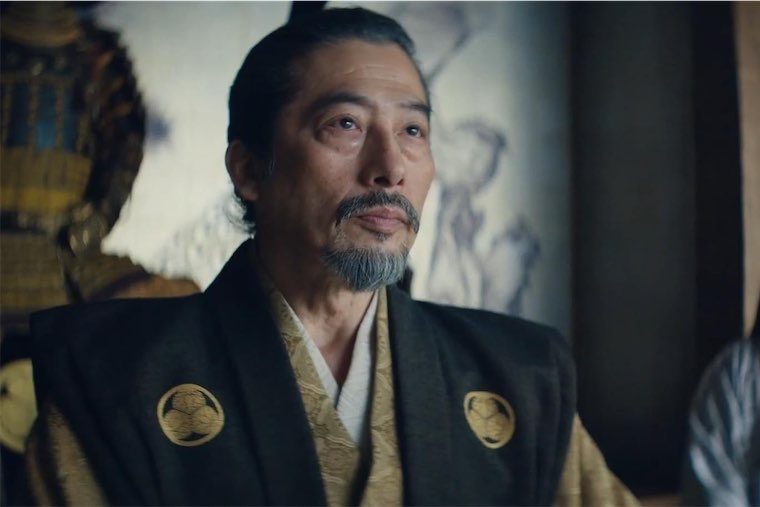
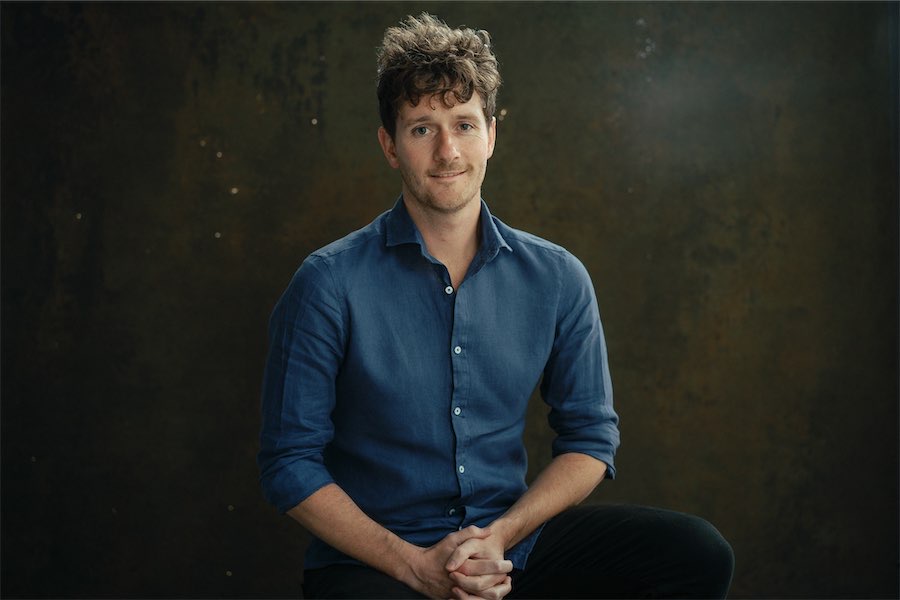
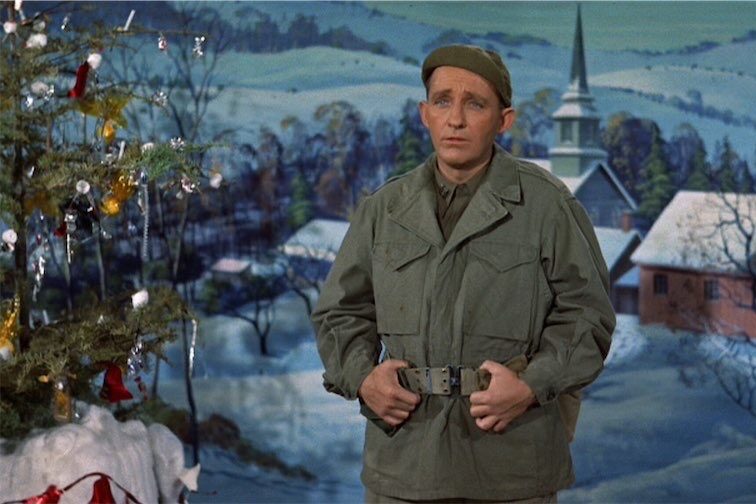

Leave a Reply